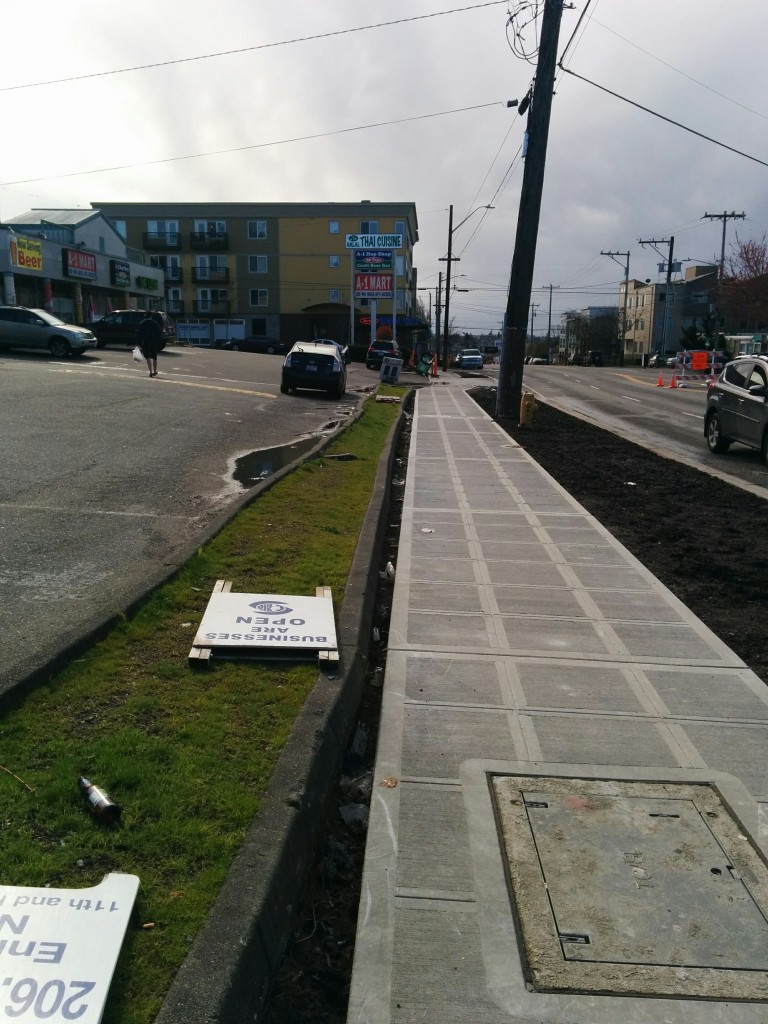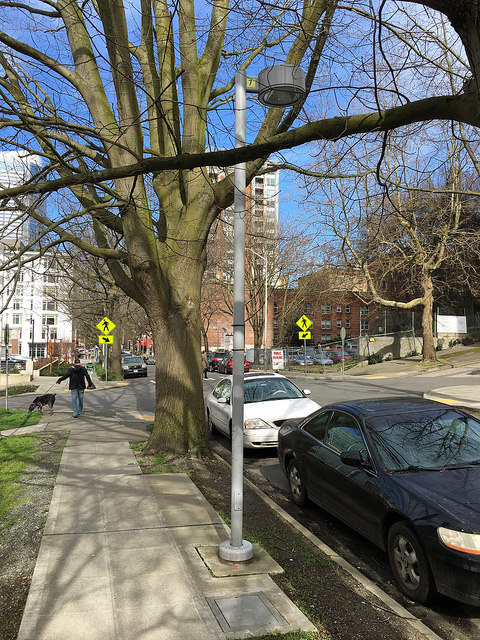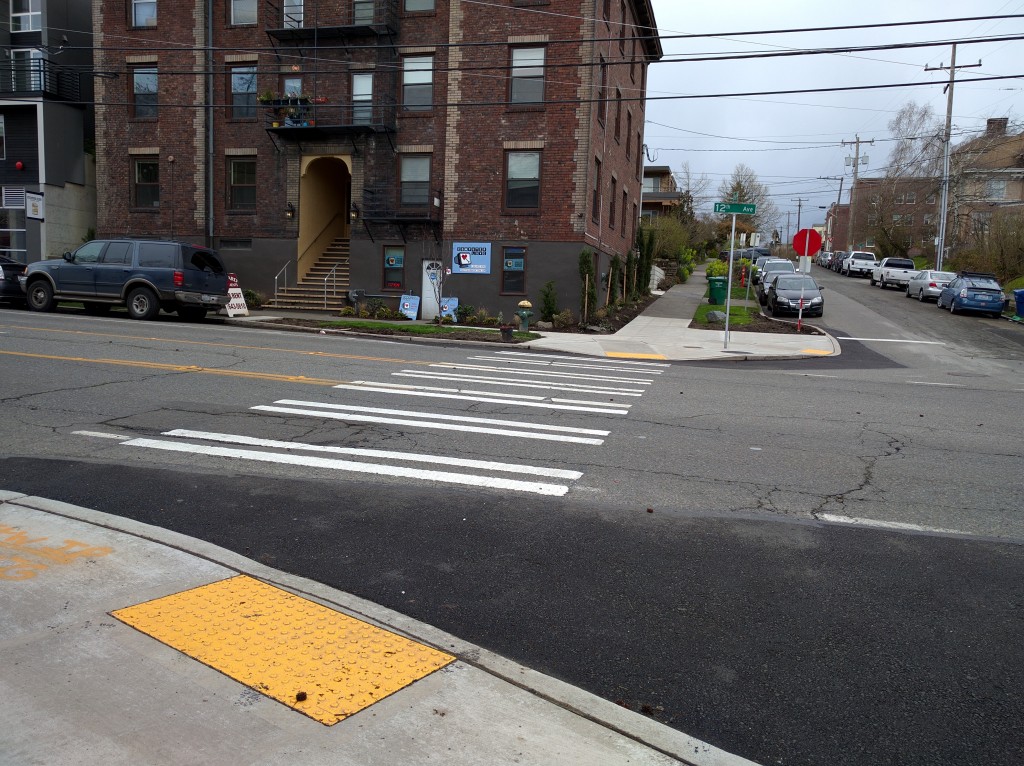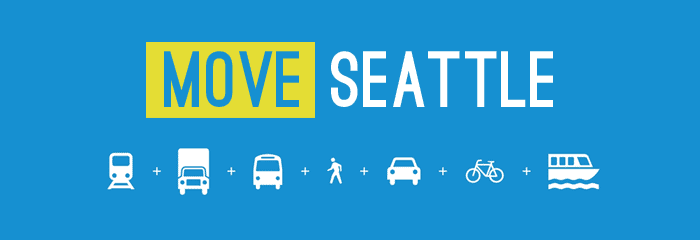Though most major transportation improvements are funded from the top down, there are a number of funds that the Seattle Department of Transportation has created to allow the community to directly prioritize their own transportation improvements. These funds are mostly directed through the direction of the 13 Neighborhood District Councils. The Neighborhood Street Fund is one of these programs, previously funded by the Bridging the Gap transportation levy and now continued via the Move Seattle levy.
$24 million has been set aside in that levy over its 9-year lifespan. Neighborhood Street Fund grants are approved every 3 years, so there will be 3 rounds of projects approved over the span of the Move Seattle levy. The first round of applications is due on April 17, so now is go time for neighborhood activists and community councils to get their ducks in a row.
Though anyone is free to apply for a grant, the support of your Neighborhood District Council is key. After SDOT screens the proposals, each district council chooses their top 5 proposals. These projects then move forward through a high level design creation & cost estimate by SDOT. Then the process moves back to the district councils so they can pick which project they want to be selected based on design.
The criteria for a project to be funded through an NSF grant:
- Estimated project cost between $100,000 and $1 million.
- Located in SDOT right-of-way (on sidewalks or streets)
- Must be transportation related (cannot be a Pavement To Park project, for example)
If you’re wondering how you know the estimated cost of a project before formally proposing it, the best way to know is to look at past projects. Most past projects have focused on pedestrian improvements at intersections or along sidewalks of a few blocks in length.


Once approved at year’s end, the projects proceed to full design stage in 2017 and on to implementation in 2018. Proposition 1 added the Move Seattle Oversight Committee into the project review process. The oversight board might be more inclined to approve projects that dovetail with those projects. On the other hand, it might purposefully select projects in areas that are not going to receive heavy treatment from other Move Seattle projects.
It will be interesting to see how the process evolves over the three NSF grant cycles with the current levy, especially with safe streets activists increasingly clamoring for more improvements than simple sidewalk upgrades. Items like protected bike lane intersections and traffic diverters on neighborhood greenways will surely be on some neighborhood’s project lists. We will see the evolution of the neighborhood street fund grant process up close. Watch this space.

Ryan Packer has been writing for The Urbanist since 2015, and currently reports full-time as Contributing Editor. Their beats are transportation, land use, public space, traffic safety, and obscure community meetings. Packer has also reported for other regional outlets including BikePortland, Seattle Met, and PubliCola. They live in the Capitol Hill neighborhood of Seattle.


